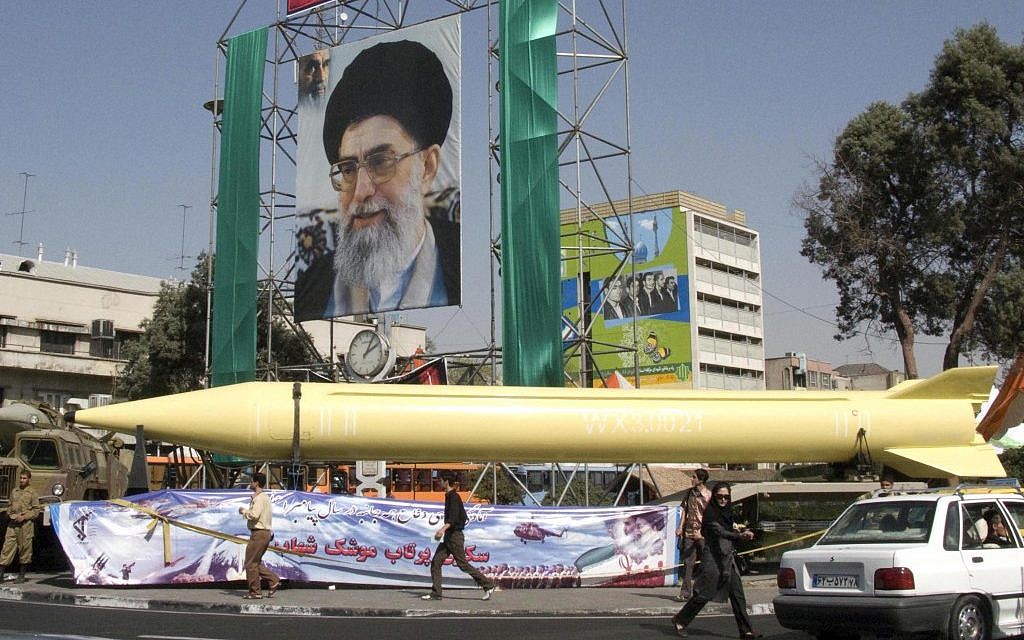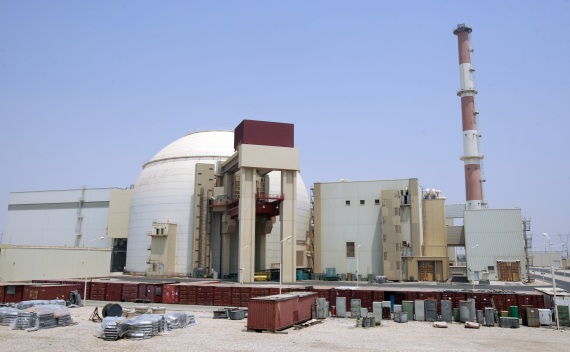Iran has enriched uranium for 10 nuclear bombs, continues production
A confidential report by the International Atomic Energy Agency (IAEA), obtained by The Wall Street Journal, confirms that Iran has continued producing high-level enriched uranium. Prime Minister Benjamin Netanyahu's office responded, saying: "The report proves that Iran's goal is to develop a nuclear weapons program. The world must stop it."
Dudi Kogan and Neta Bar
Israel Hayom
May31, 2025

The IAEA disclosed in the classified report that Iran has increased its stockpile of 60%-enriched uranium to 408.6 kilograms (900 pounds), a 50% rise from the 274.8 kilograms (606 pounds) it held in early February. According to IAEA benchmarks, this quantity is enough for roughly 10 nuclear bombs if Iran decides to further enrich it to weapons-grade levels.
The agency stated it cannot verify that Iran's nuclear program is for peaceful purposes. "Iran's significant increase in the production and stockpiling of high-enriched uranium, being the only non-nuclear-armed state to produce such material, is a matter of serious concern," wrote IAEA Director General Rafael Grossi in the report.
Expanded, alarming findings
The IAEA also released a more comprehensive report to member states detailing Iran's failure to cooperate with an investigation launched in 2019 into undeclared nuclear material found within the country.
The agency noted that the report had been requested by European powers after Iran repeatedly failed to provide credible answers to the IAEA's questions regarding the undeclared nuclear material. Iran maintains it has responded with all available information.
Iran’s Nuclear Facilities
According to the report, "Iran's lack of answers and clarifications" led the agency to conclude that Tehran had a "structured, undeclared nuclear program" until the early 2000s and that some activities involved undeclared nuclear material. This suggests that despite the formal shutdown of Iran's nuclear weapons program in 2003, the country continued developing, producing and testing components for its nuclear program while IAEA inspectors were operating in Iran.
The report further states that Iran conducted a small-scale nuclear reaction experiment at the Lavisan-Shian facility, likely to assess whether it could develop weapons utilizing such a reaction. The IAEA believes nuclear-handling equipment and fissile material were stored at the site without being declared to UN inspectors.
US officials estimate that it would take Iran less than two weeks to convert the 60%-enriched uranium into 90%-weapons-grade material sufficient for one nuclear weapon. However, they emphasize that enrichment is only the first step toward a bomb. The full weaponization process, including development of a detonation mechanism, miniaturization of a nuclear warhead, and integration into a missile, could take several more months. Nonetheless, evidence has previously shown that Iran is actively working on detonators and other materials for nuclear warheads.
The IAEA report noted that there is no evidence Iran has slowed its accumulation of 60%-enriched uranium since the resumption of talks with the US on April 12. Iran remains the only non-nuclear weapons state producing uranium enriched to such a level.

No comments:
Post a Comment